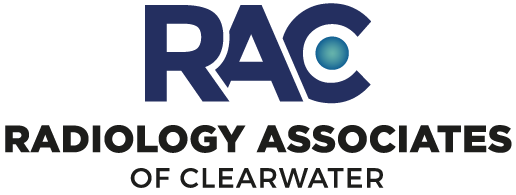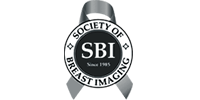Nuclear Medicine
Nuclear medicine is a safe, painless and non-invasive way to image the body through the use of computers and special cameras in conjunction with small amounts of radioactive substances that are introduced into the body. Nuclear imaging techniques go a step beyond standard X-rays and MRIs because they can show not only an organ’s anatomy, but how it is functioning. That’s critical information that otherwise would be unavailable, require surgery, or more expensive diagnostic tests.
Nuclear medicine is rapidly becoming the first choice for detecting early signs of disease, small tumors and even infections.
State-of-the-Art SPECT Imaging
Molecular imaging is rapidly becoming the first choice for detecting early signs of disease, small tumors and even infections. Available at Trinity Outpatient Center, the Siemens’ new state-of-the-art e.cam uses Single Photon Emission Computed Tomography (SPECT), which provides a clear image of the body as well as how organs and tissue structures are functioning.
The amount of radiation from a nuclear imaging procedure is comparable to that received during a diagnostic X-ray. These tracers are detected externally by special cameras that work with computers to form detailed images. Nuclear medicine imaging techniques are used often to study organs such as the thyroid, heart, stomach and kidneys.
Other advantages of nuclear medicine imaging include:
- Detection of abnormalities early in the progression on a disease, which means prompt treatment and more successful outcomes
- Provides information before the condition is apparent with other diagnostic tests
- Offers procedures that are helpful to a broad span of medical specialties, from pediatrics to cardiology to psychiatry
A Variety of Services, A Multitude of Benefits
While there are nearly a 100 different types of nuclear medicine imaging procedures, the following are just a few examples of what's available at our different locations:
- PET (Positron Emission Tomography): for studying metabolic activity and detecting conditions such as nervous system problems, epilepsy and some cancers
- SPECT (Single Photon Emission Computed Tomography): helps determine a patient’s risk of having a heart attack
- Cardiovascular Imaging: detects blood flow irregularities. A MUGA (Multigated Acquisition) scan, for example, which studies the motion of the heart walls, shows how well the heart is pumping out blood as well as how effectively the main chamber is working. MUGA scans are available at Trinity Outpatient Center. Thallium stress tests are also performed at a number of our centers.
- Bone Scanning: helps detect bone cancer, diagnosis unexplained pain, view breaks, fractures and other types of bone damage.









